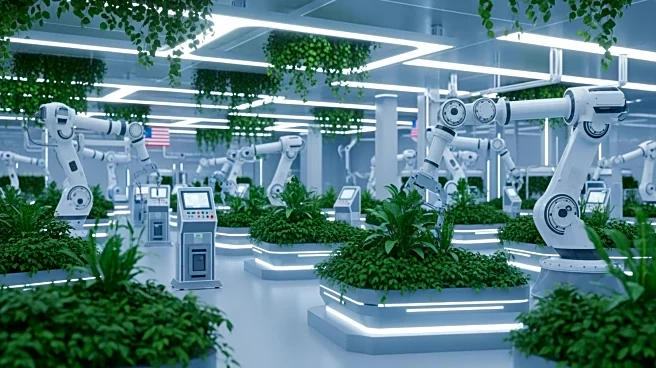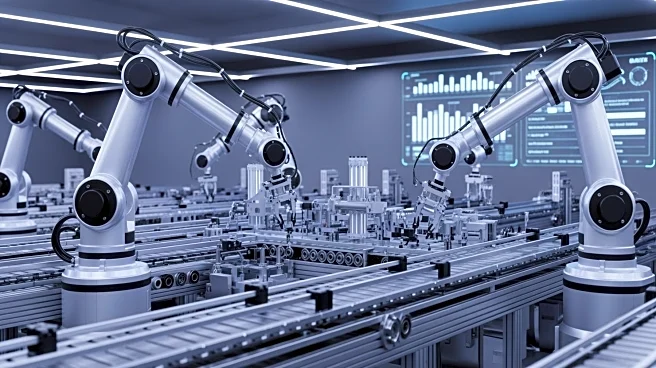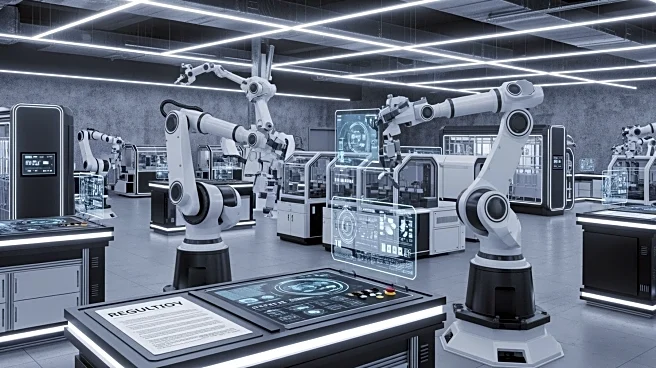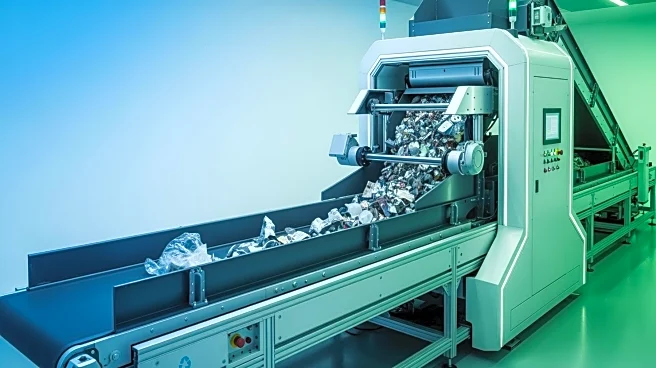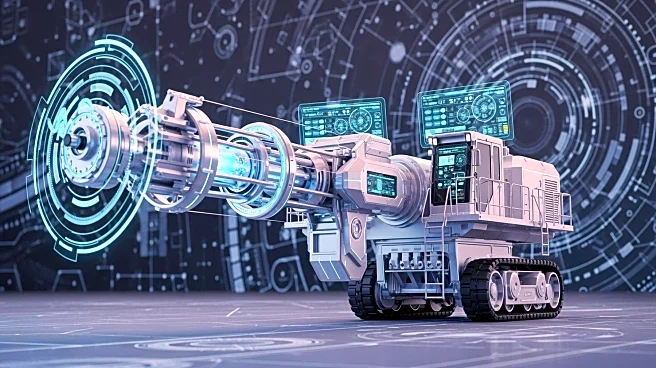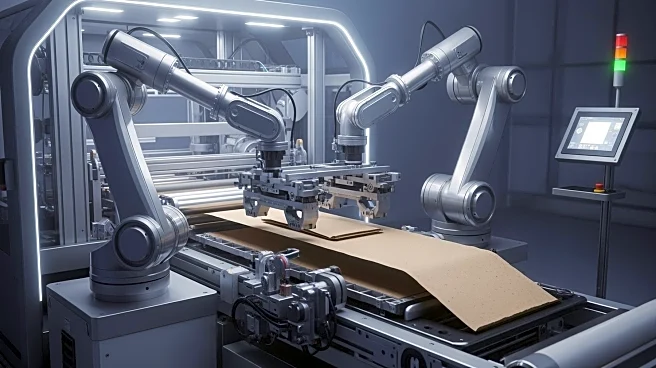What's Happening?
As 2026 approaches, manufacturers are focusing on several key trends to maintain competitiveness and drive growth. These include enhancing supply chain resilience, investing in cybersecurity, adopting
strategic AI, increasing customer visibility, and ramping up sustainable manufacturing practices. The integration of digital tools and AI is becoming more strategic, with manufacturers using these technologies to streamline operations and improve customer engagement. Additionally, there is a strong emphasis on sustainability, with many manufacturers planning to adopt renewable energy technologies. This shift is driven by increasing customer demand for personalized and environmentally friendly products.
Why It's Important?
These trends are significant as they reflect a broader shift in the manufacturing industry towards more sustainable and technologically advanced practices. The adoption of AI and digital tools can lead to more efficient operations and better customer service, providing a competitive advantage. Meanwhile, the focus on sustainability aligns with global efforts to reduce carbon footprints and meet environmental targets. Manufacturers that successfully integrate these trends are likely to see increased customer satisfaction and loyalty, as well as potential cost savings from more efficient operations and energy use.
What's Next?
Manufacturers are expected to continue investing in these areas, with a particular focus on overcoming barriers to green technology adoption, such as high energy costs and tax burdens. Government support and policy changes may play a crucial role in facilitating these investments. As these trends evolve, manufacturers will need to remain agile and responsive to changing market demands and technological advancements.
Beyond the Headlines
The move towards sustainable manufacturing and strategic AI adoption could have long-term implications for the industry, including shifts in workforce skills requirements and the potential for new business models. Ethical considerations around AI use and data privacy may also become more prominent as these technologies become more integrated into manufacturing processes.
